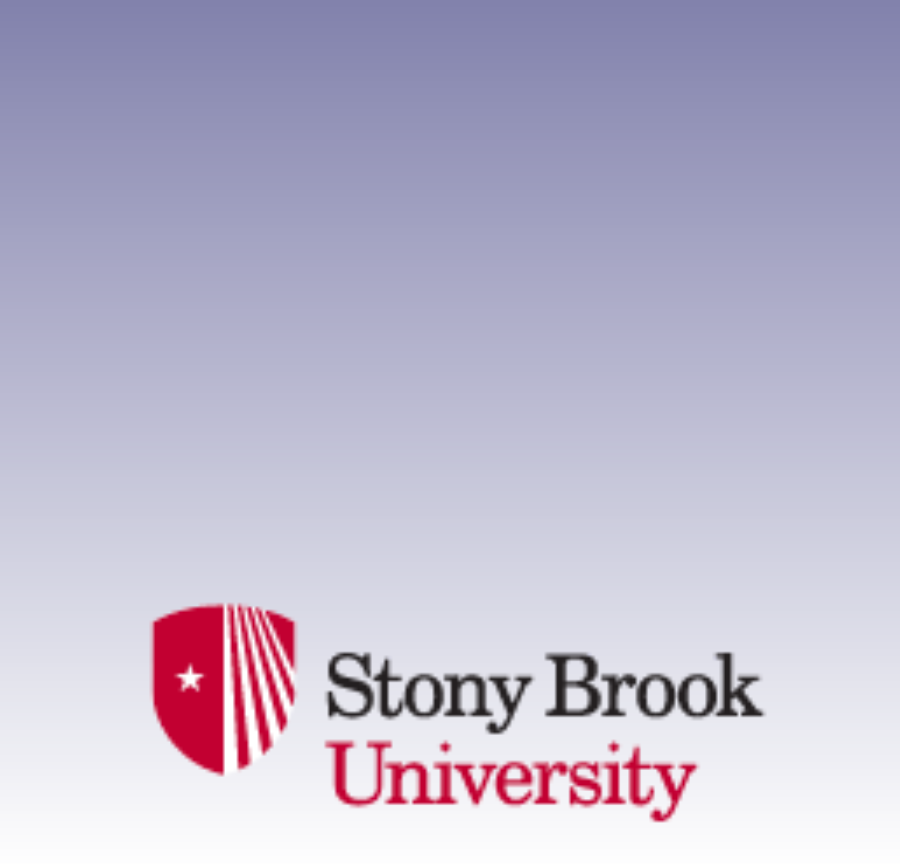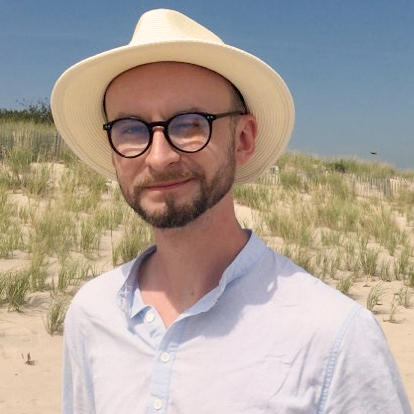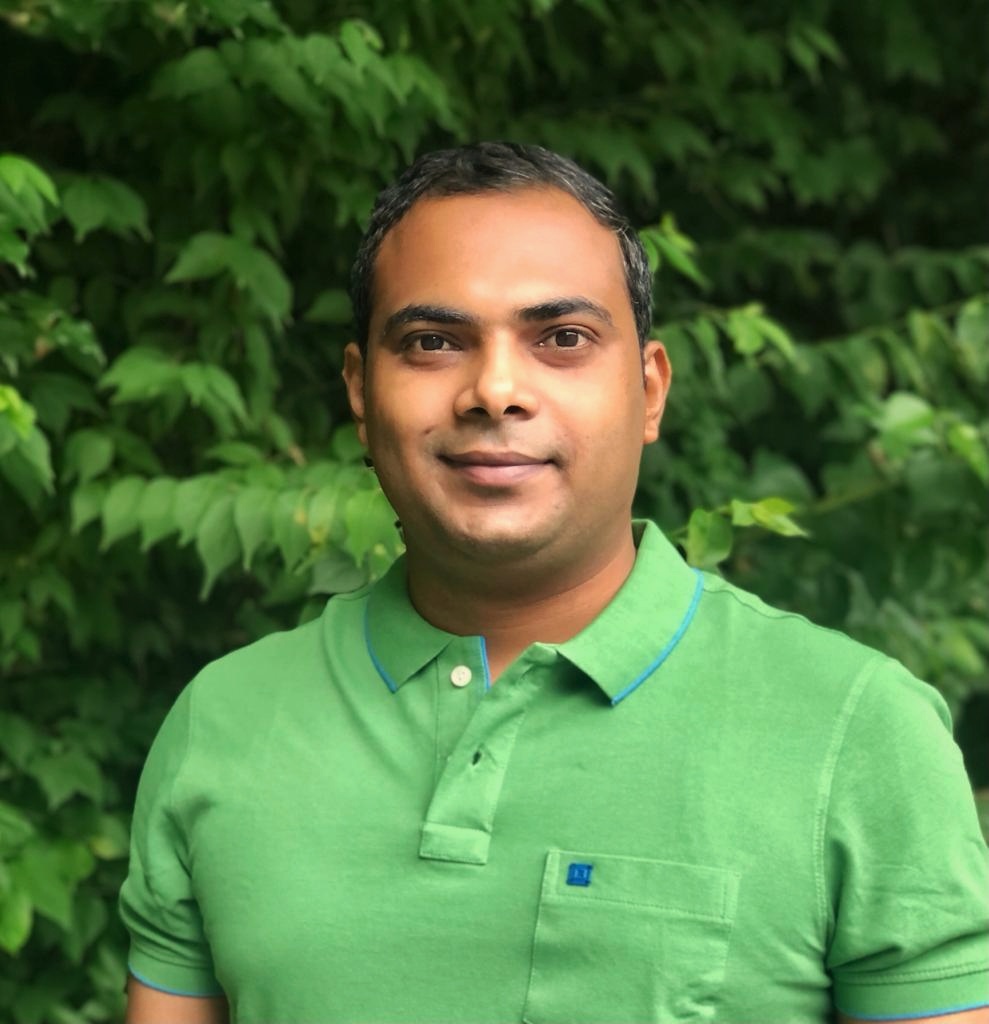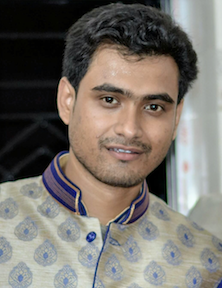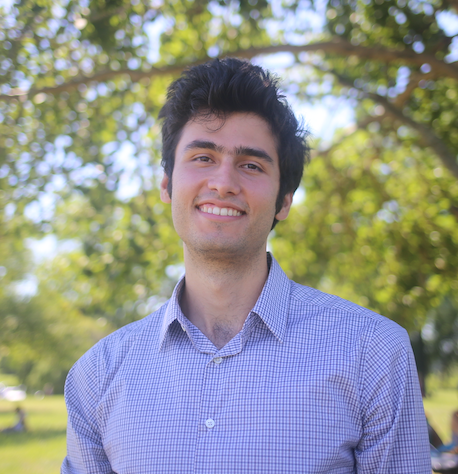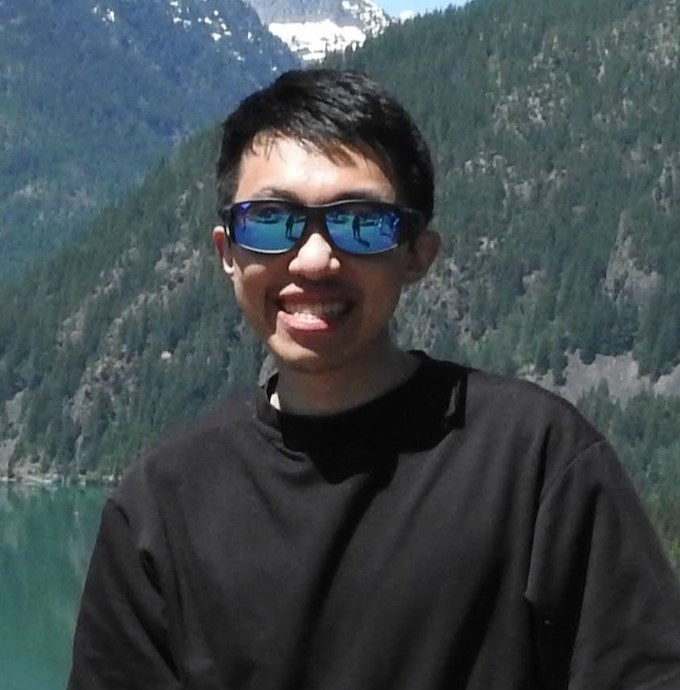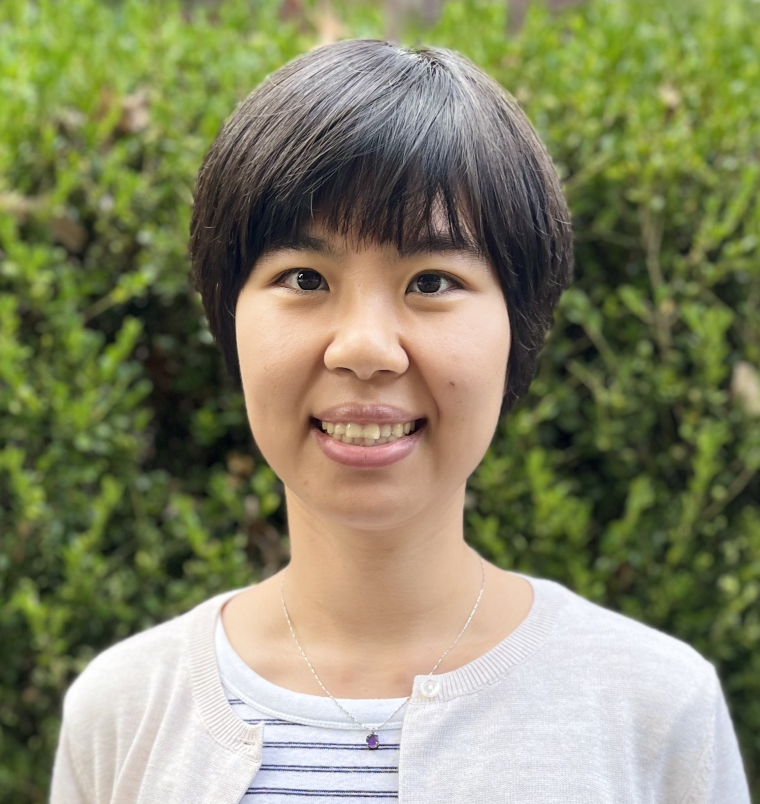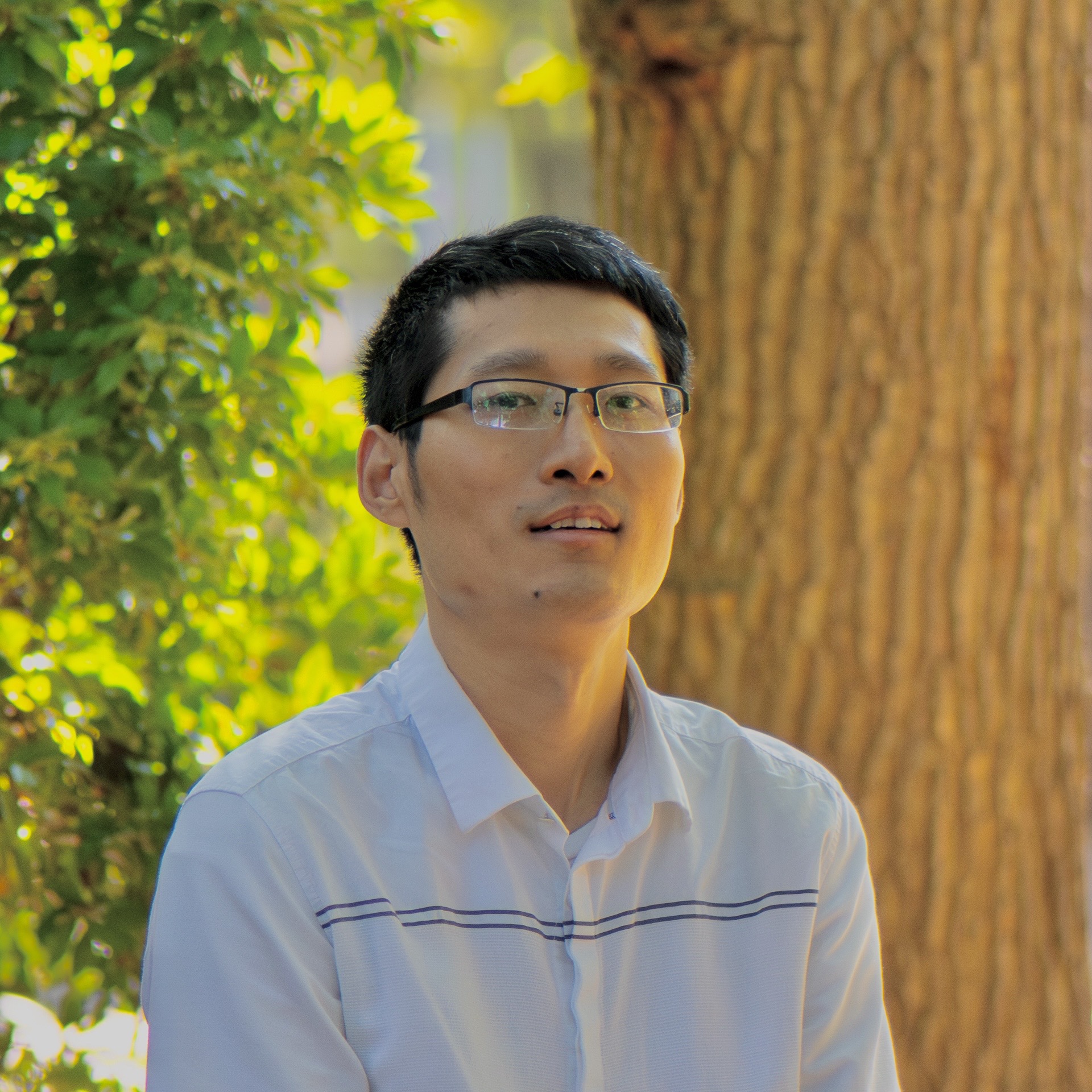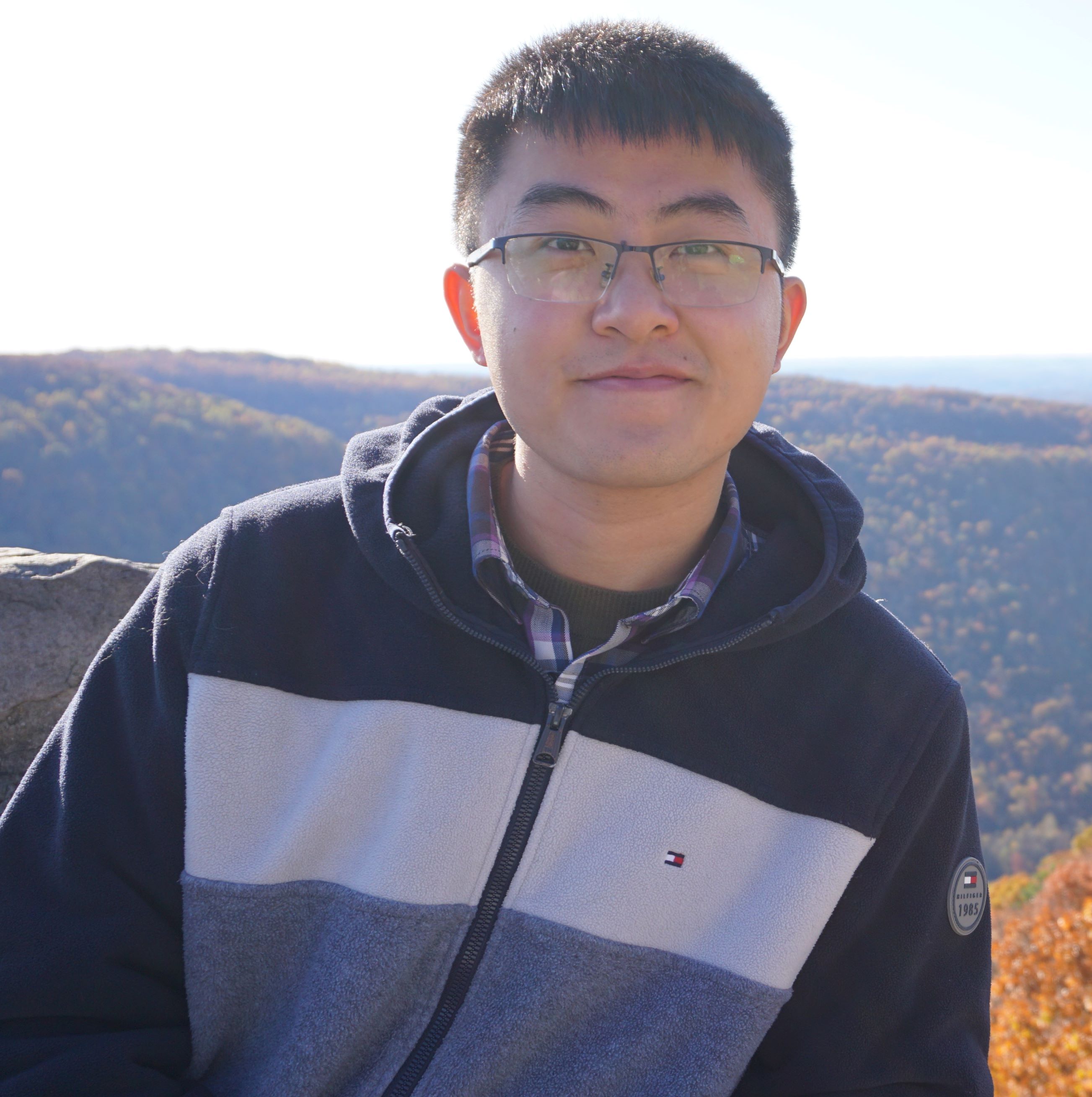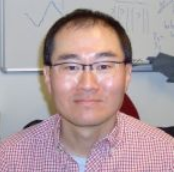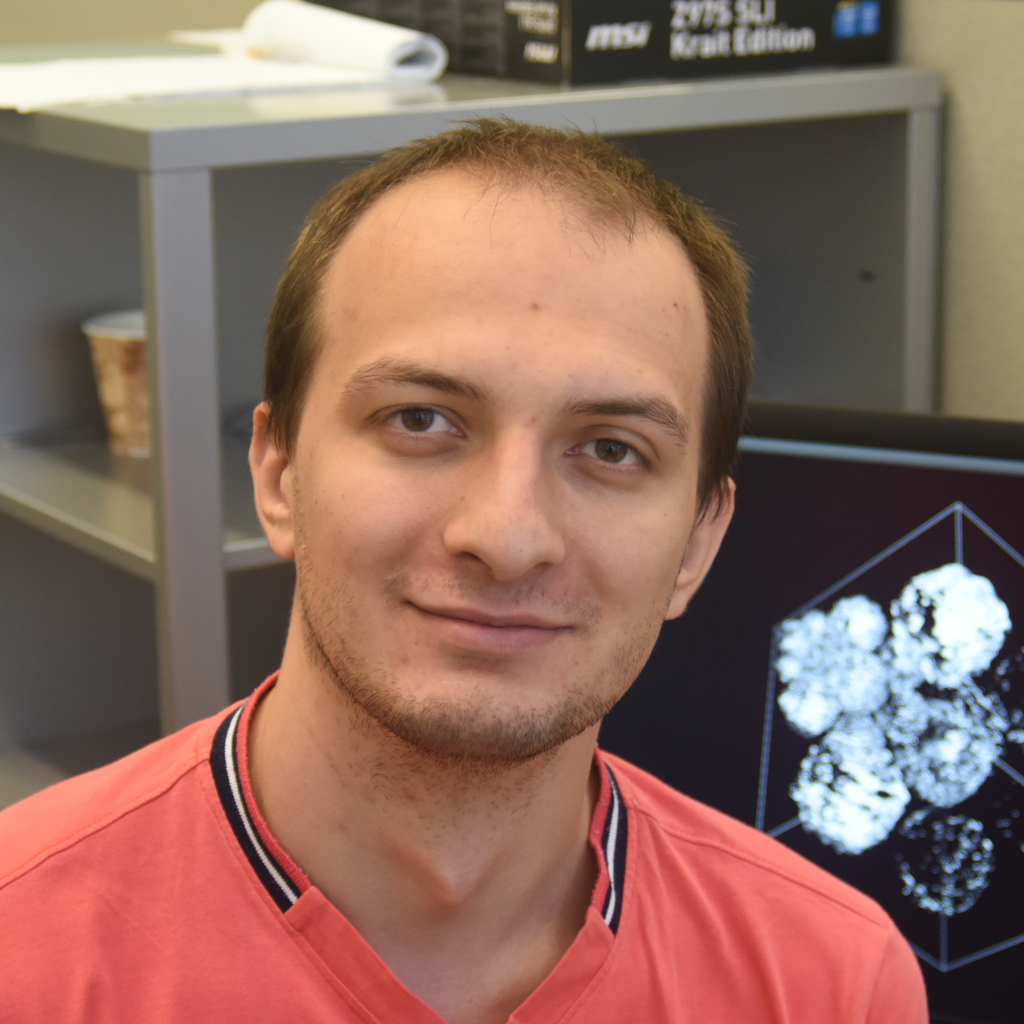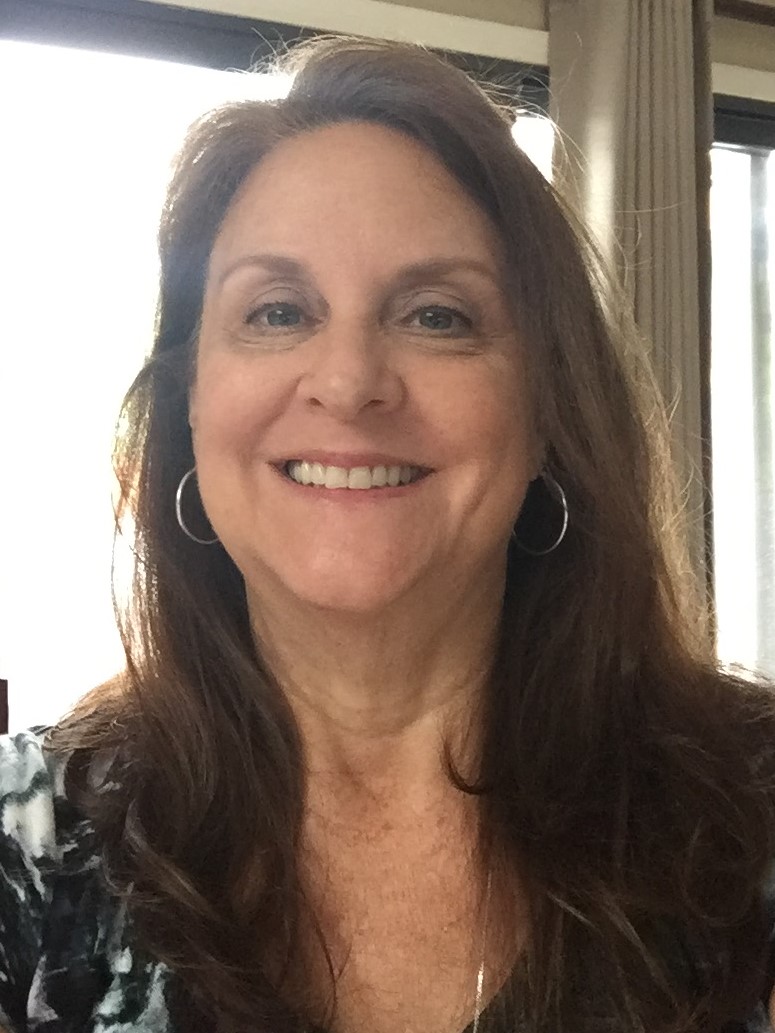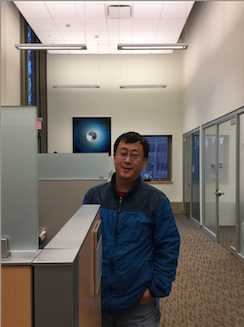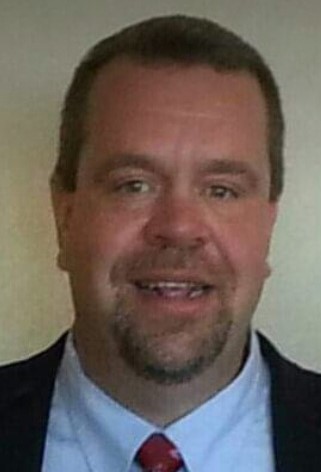Who's Who at the Laufer Center
| Core Faculty | |
|---|---|
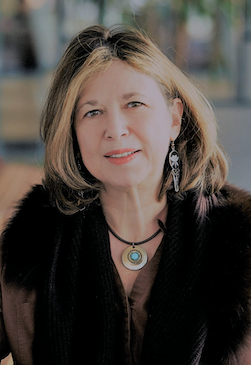 |
DirectorIvet Bahar is interested in discovering the basic principles that govern the machinery of biomolecules in the cell, including their communication and allosteric interactions, which in turn enable their cellular actions. Her lab uses a combination of physics-based models and theories, engineering methods, and machine learning algorithms to bridge molecular structure/dynamics and cell/systems behavior, and to design efficient intervention strategies to modulate function. Ivet is Louis and Beatrice Laufer Endowed Chair of Physical and Quantitative Biology, and Professor of Biochemistry and Cell Biology at Stony Brook. (Citations) |
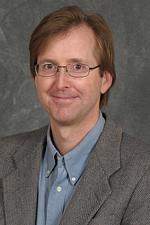 |
Associate DirectorCarlos Simmerling develops new algorithms and energy functions using state-of-the-art computers for accurate and efficient simulation of large systems of biomolecules. He also applies these methods to systems where conformational dynamics are important for function, such as slow ligand binding and DNA recognition and repair. Carlos is Marsha Laufer Endowed Professor of Physical and Quantitative Biology, and Professor of Chemistry at Stony Brook. (Citations) |
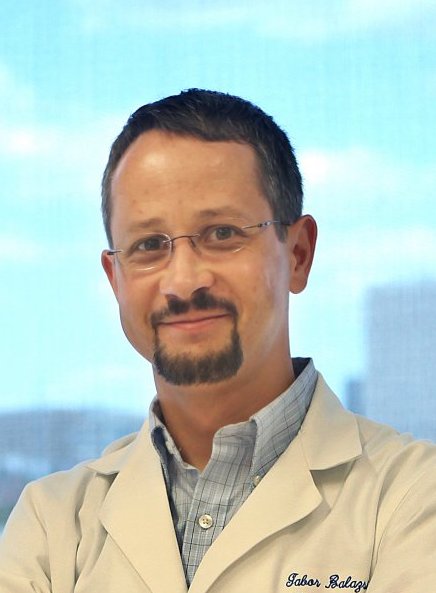 |
Gábor Balázsi designs synthetic gene circuits to precisely control gene expression in microbes and mammalian cells, and to study emergent cell population-level behaviors such as diversification, formation of multicellular structures, survival during drug treatment or other stressful conditions, and evolution. We develop mathematical models to identify key mechanisms that connect gene networks to their population-level effects, hoping to understand control across scales in biology. Gábor is Henry Laufer Endowed Professor of Physical and Quantitative Biology, and Professor of Biomedical Engineering at Stony Brook. (Citations) |
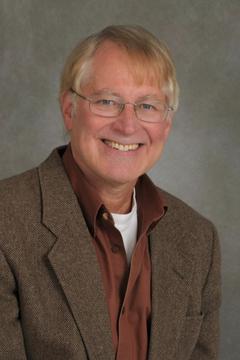 |
Ken A. Dill is interested in the physics of how proteins fold; the microscopic origins of the unusual physical properties of water; the foundations and applications of variational entropy-based principles in statistical physics; and how the laws of physics constrain and enable the biological properties and evolution of cells. Ken is the Laufer Family Endowed Chair of Physical and Quantitative Biology, and Distinguished Professor of Physics, Chemistry and Applied Math at Stony Brook. He is the former and founding director (2010-2022) of the Center, and was formerly the Louis and Beatrice Laufer Endowed Chair of Physical and Quantitative Biology (Video, Citations) |
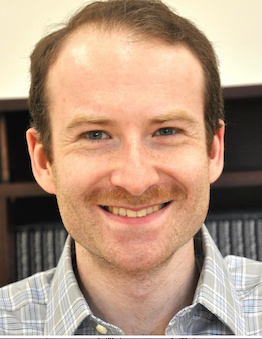 |
Eugene Serebryany is interested in the biophysics of protein misfolding in vivo and mechanisms of misfolding-associated diseases, discovery and pharmacological targeting of physiologically relevant non-native protein conformations, and protein engineering in currently inaccessible environments. To enable these lines of research, he develops new experimental methods at the interface of molecular biophysics and chemical biology and closely collaborates with computational biophysicists for computational-experimental integration. Eugene is an Assistant Professor of Physiology and Biophysics at Stony Brook.(Citations) |
| Affiliated Resident Faculty | |
|---|---|
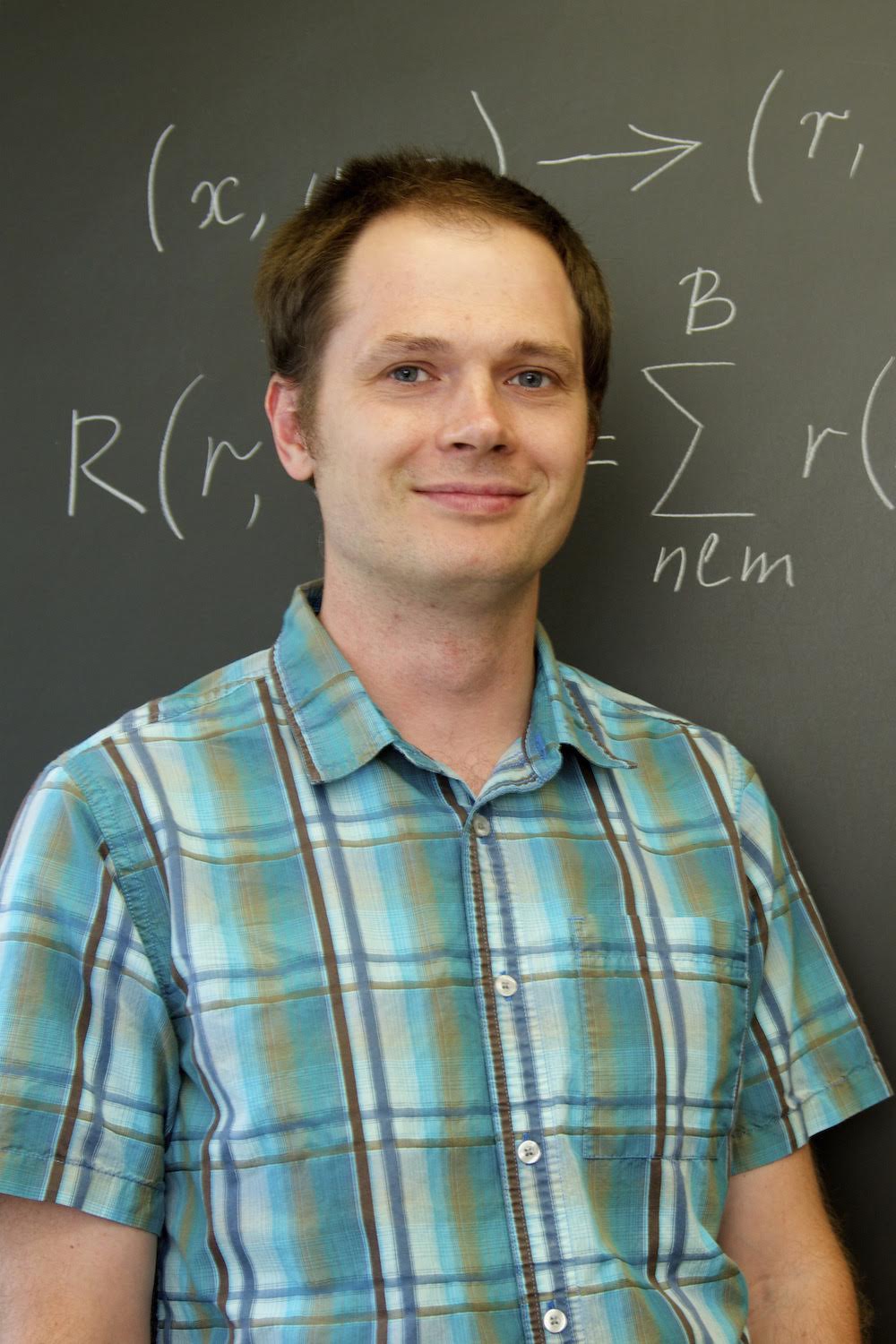 |
Dima Kozakov research interests lie at the intersection of applied mathematics, physics and computational biology. He focuses on two main goals. The first is the development of mathematically elegant, computationally efficient and physically accurate algorithms for modeling macromolecular structure and function on the genome scale. The second is the application of novel methods to improving the understanding of biological problems and to the design of therapeutic molecules with desired biological and biomedical properties. Dima is a Professor in the Department of Applied Mathematics and Statistics at Stony Brook. (Citations) |
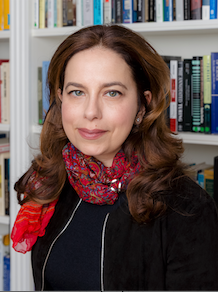 |
Lilianne R. Mujica-Parodi is Director of the Laboratory for Computational Neurodiagnostics (LCNeuro). LCNeuro's research focuses on the application of control systems engineering and dynamical systems to human neuroimaging data(fMRI, MEG, EEG, NIRS, ECOG), with neurodiagnostic applications to neurological (dementia, epilepsy) and psychiatric (anxiety, depression, addiction, schizophrenia) disorders. Parallel development of instrumentation complements their analytical approaches by optimizing brain time series for dynamic fidelity. Lily is Professor of Biomedical Engineering at Stony Brook University. (Citations) |
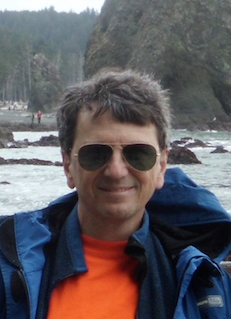 |
Evangelos Coutsias' research has focused on the modeling of nonlinear systems and continua, using techniques of applied mathematics on problems motivated from applied physics, engineering and biology. These include asymptotics and perturbation methods for the study of stability and bifurcation phenomena in plasma physics, biology and fluid mechanics; high accuracy numerical spectral methods for solving PDEs arising in continuum mechanics; and robust numerical methods for systems of multivariate polynomials for the solution of problems of inverse kinematics arising in molecular structure studies. His present work is on the development of computational methods for the study of protein structure, especially on the kinematic geometry of protein backbones subject to constraints. Current interests focus on the refinement of protein structure and the development of computational geometric methods for the efficient exploration of macromolecular shapespaces with application to protein design and drug discovery. Vageli is a Professor in the Department of Applied Mathematics and Statistics at Stony Brook. (Citations) |
| Affiliated Faculty | |
|---|---|
 |
Eric Brouzes is interested in understanding cellular heterogeneity and its role in healthy and diseased tissues, such as cancer. To achieve this goal, his lab focuses on developing novel microfluidic approaches to perform quantitative, functional and genomic measurements at single-cell resolution. Those platforms rely both on droplet and single-phase microfluidic technologies to enable the manipulation and processing of single-cells at low and high-throughput. Eric is an Assistant Professor of Biomedical Engineering. (Citations) |
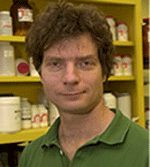 |
Bruce Futcher researches the logic and control of cell growth and cell division circuitry, a problem that is related to the uncontrolled growth of cancer cells. In collaboration with Eckard Wimmer, Steffen Mueller and Steve Skiena, he is developing methods for creating weak synthetic viruses, which may be useful in therapies as well as biological research. Bruce is a Professor of Microbiology & Immunology at Stony Brook. (Citations) |
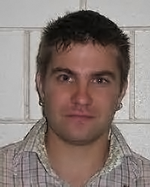 |
David Green is studying signaling in the G-protein pathway, to understand the specificity of protein-protein interactions; and how the HIV-1 virus recognizes its target cells, to learn how glycosylation modulates protein interactions. David is an Associate Professor of Applied Mathematics and Statistics at Stony Brook. (Citations) |
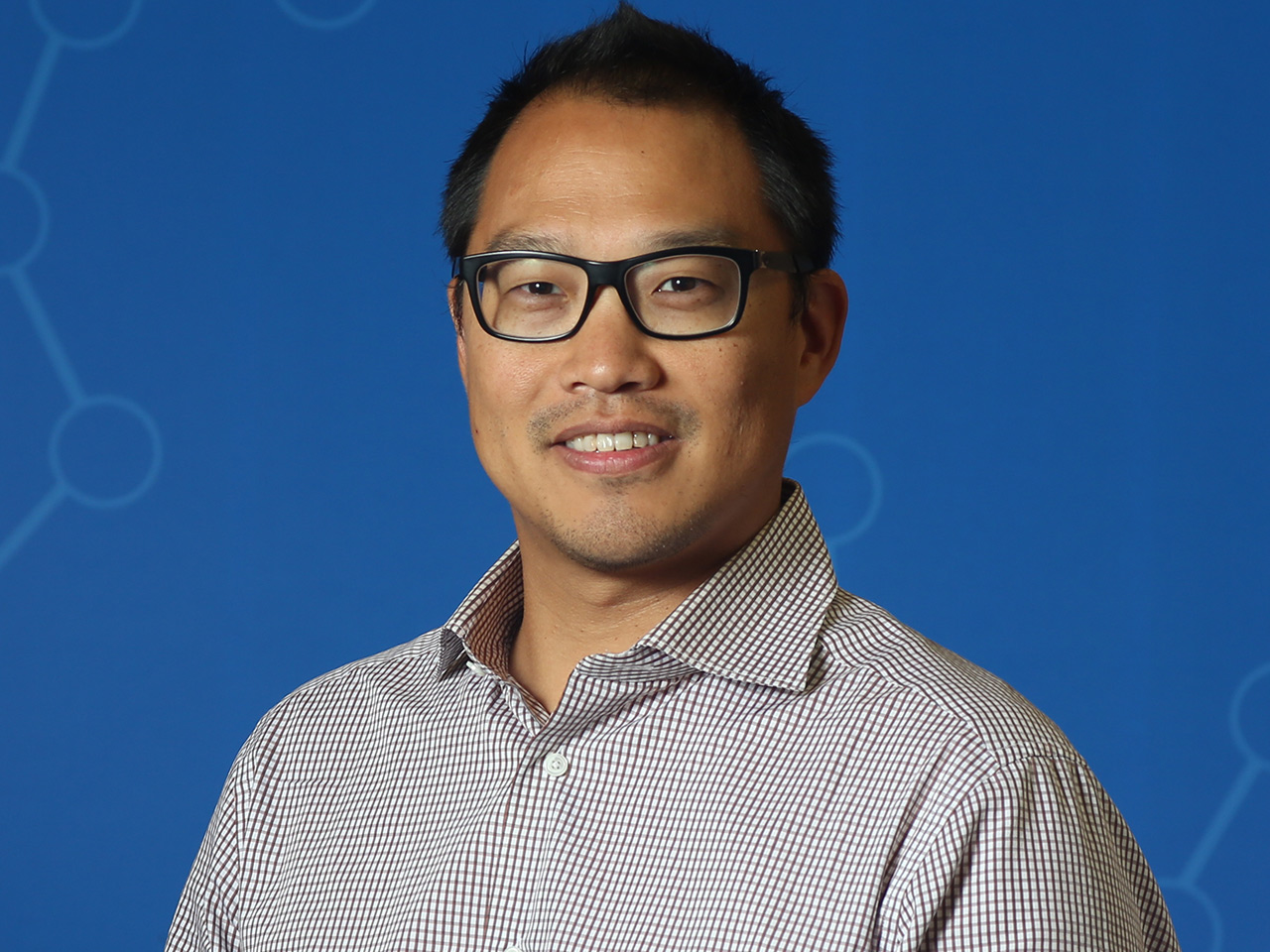 |
Peter Koo studies the functional impact of genomic mutations through a computational lens using data-driven artificial intelligence solutions. We are broadly interested in applications for studying gene regulation and protein (dys)function. Our approach develops methods to interpret high-performing deep learning models to distill knowledge that they learn from big, noisy biological sequence data. Our goal is to elucidate biological mechanisms that underlie sequence-function relationships, with a broader aim of advancing precision medicine for complex diseases, including cancer. Peter is an Assistant Professor at the Simons Center for Quantitative Biology at Cold Spring Harbor Laboratory. (Citations) |
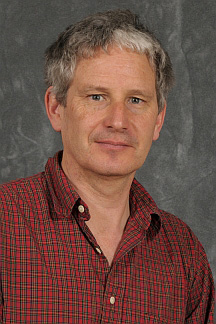 |
Dan Raleigh studies protein folding, protein structure and the mechanism of amyloid formation to understand how proteins fold to their final three dimensional structure and to understand why the folded conformation of proteins is stable. The work on amyloid formation is directed towards understanding the physical basis for the pathological aggregation of polypeptides in certain diseases. These projects involve a wide range of techniques, including but not limited to: high resolution multidimensional NMR, protein design, stop flow methods, peptide synthesis and protein chemistry. Dan is a Professor of Chemistry at SBU. (Citations) |
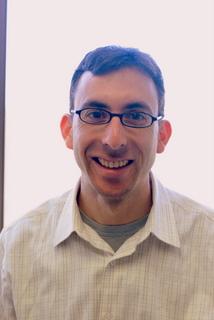 |
Joshua Rest investigates the extent that changes in the expression of genes result in changes in the fitness of cells. He is examining the fitness costs for expressing certain genes at the same time, and the persistence of variations caused by genetic mutations. Joshua is an Associate Professor of Ecology and Evolution at Stony Brook. (Click here to watch my video, Citations) |
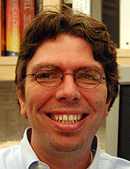 |
Robert Rizzo For efficient and effective drug design, the Rizzo group develops and applies computational algorithms and protocols in atomic-level modeling of how drugs bind to proteins. Rob is a Professor in the Department of Applied Mathematics and Statistics at Stony Brook. (Citations) |
 |
Jessica Seeliger studies cell envelope processes in pathogenic mycobacteria, especially processes that contribute to the formation and remodelling of the lipid membranes. Related topics include the discovery and characterization of small molecules that modulate activity in these pathways and the relationships between lipid membrane biogenesis, cellular heterogeneity, antibiotic resistance.. Jessica is Associate Professor of Pharmacological Sciences at the Renaissance School of Medicine at Stony Brook. (Citations) |
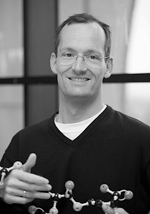 |
Markus Seeliger works to understand the molecular mechanisms of signaling proteins, and how small molecule ligands and drugs can modulate their activity. Markus is an Associate Professor of Pharmacological Sciences at the Renaissance School of Medicine at Stony Brook. (Click here to watch my video, Citations) |
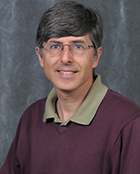 |
Steve Skiena designs combinatorial algorithms for biology, particularly for analyzing the sequences and assembly of biological molecules and for designing synthetic genes. Steve is a Distinguished Teaching Professor of Computer Science and Director of Institute for AI-Driven Discovery and Innovation at Stony Brook. (Click here to watch my video, Citations) |
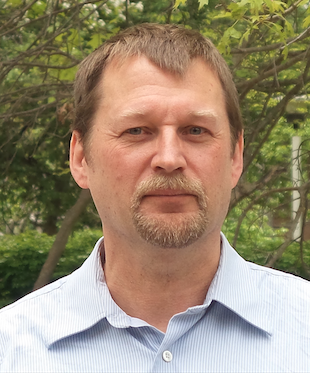 |
Helmut Strey is interested in the dynamics of biomacromolecules (DNA, proteins, polysaccharides) and their interaction. His lab is developing biotechnologies using micro- and nanofabrication to create novel methods to answer questions in quantitative biology and medicine. Specifically, he is developing microfluidics for single-cell genomics and is designing nanofluidic devices to measure single-molecule interaction using fluorescence techniques. Helmut is an Associate Professor in Biomedical Engineering at Stony Brook University. (Citations) |
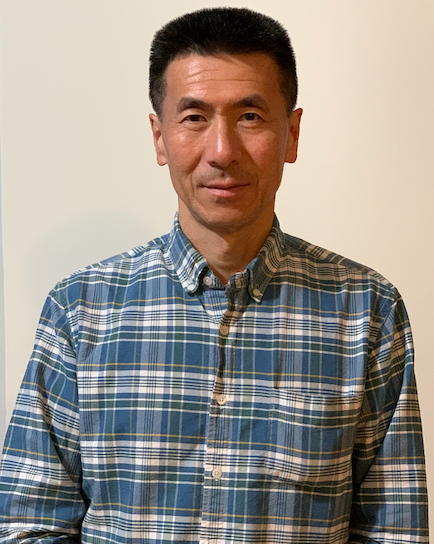 |
Jin Wang studies the physics and chemistry of biomolecules and networks with a focus on the mechanisms of protein folding, biomolecular recognition and biological networks. He uses modern statistical mechanics, simulations, and empirical information from databases to study the detailed processes involved. Jin is a Professor of Chemistry and Physics at Stony Brook. (Citations) |
 |
Troy Wymore investigates the functional plasticity of enzymes using both molecular phylogenetics/ancestral sequence reconstruction and atomistic simulations with a focus on Quantum Mechanical/Molecular Mechanical (QM/MM) methods in order to understand enzymatic mechanisms at the electronic structure level. Troy is Research Associate Professor of the Laufer Center. |
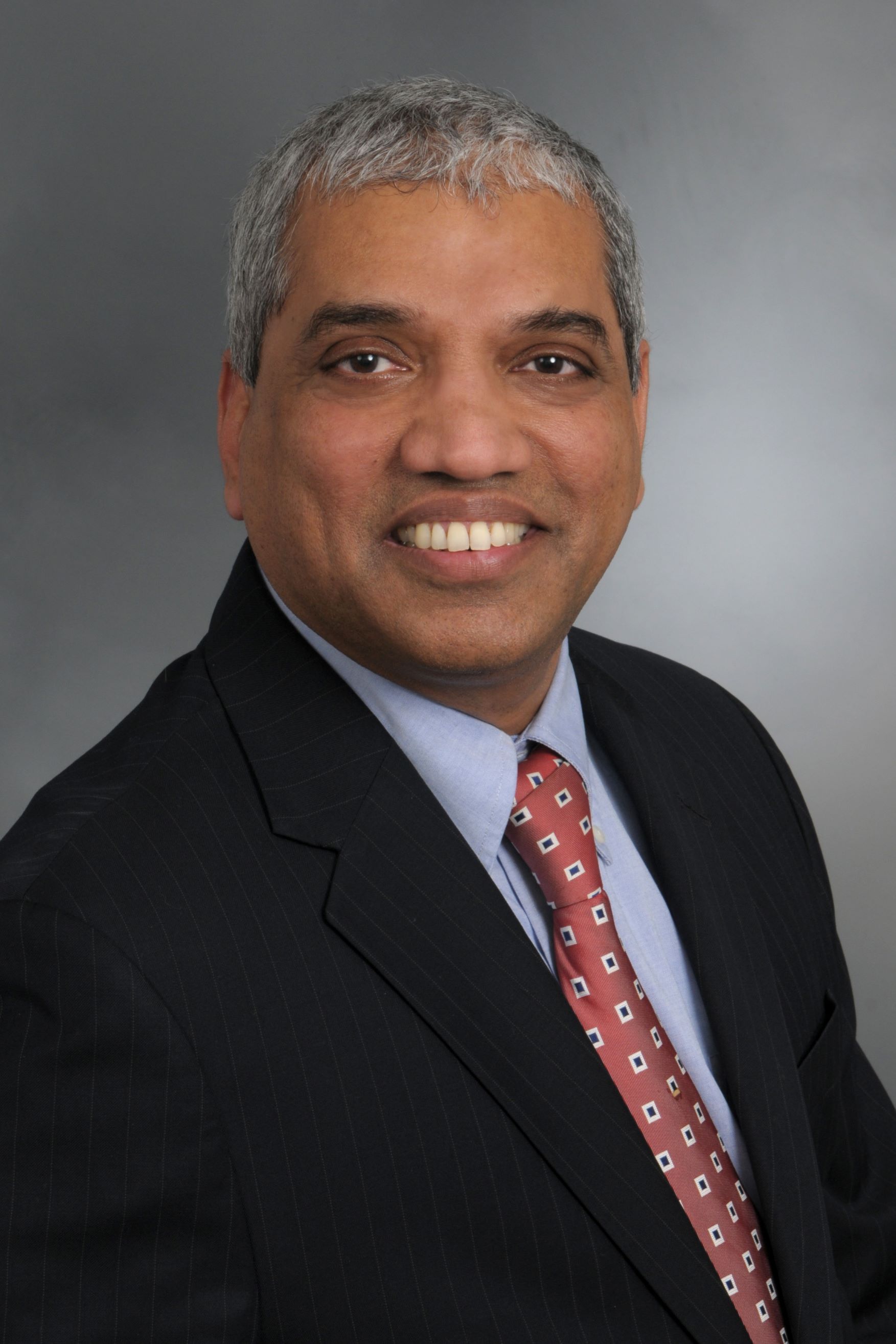 |
Ramana Davuluri. Ramana is a Professor of Biomedical Informatics at Stony Brook. (Citations) |

